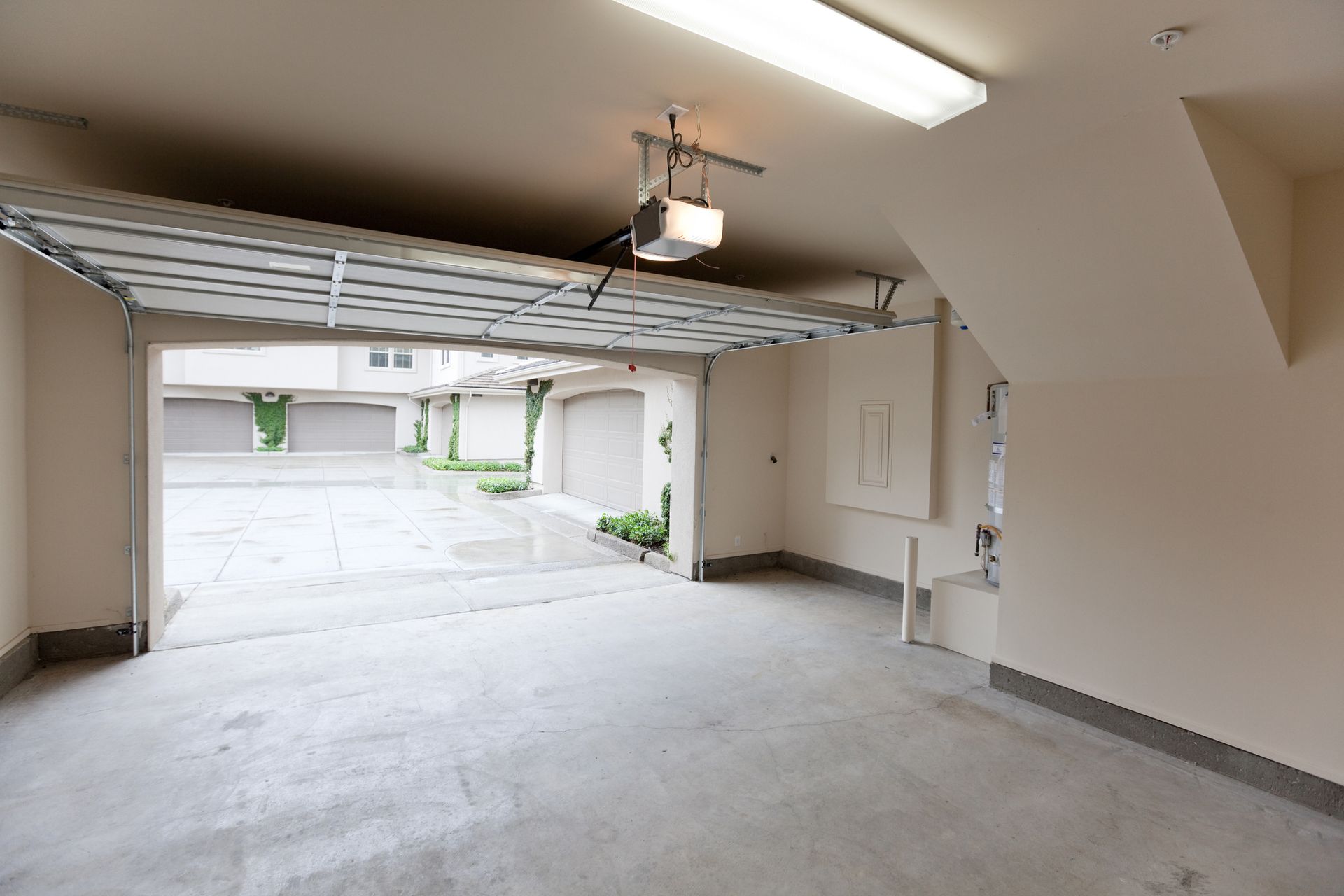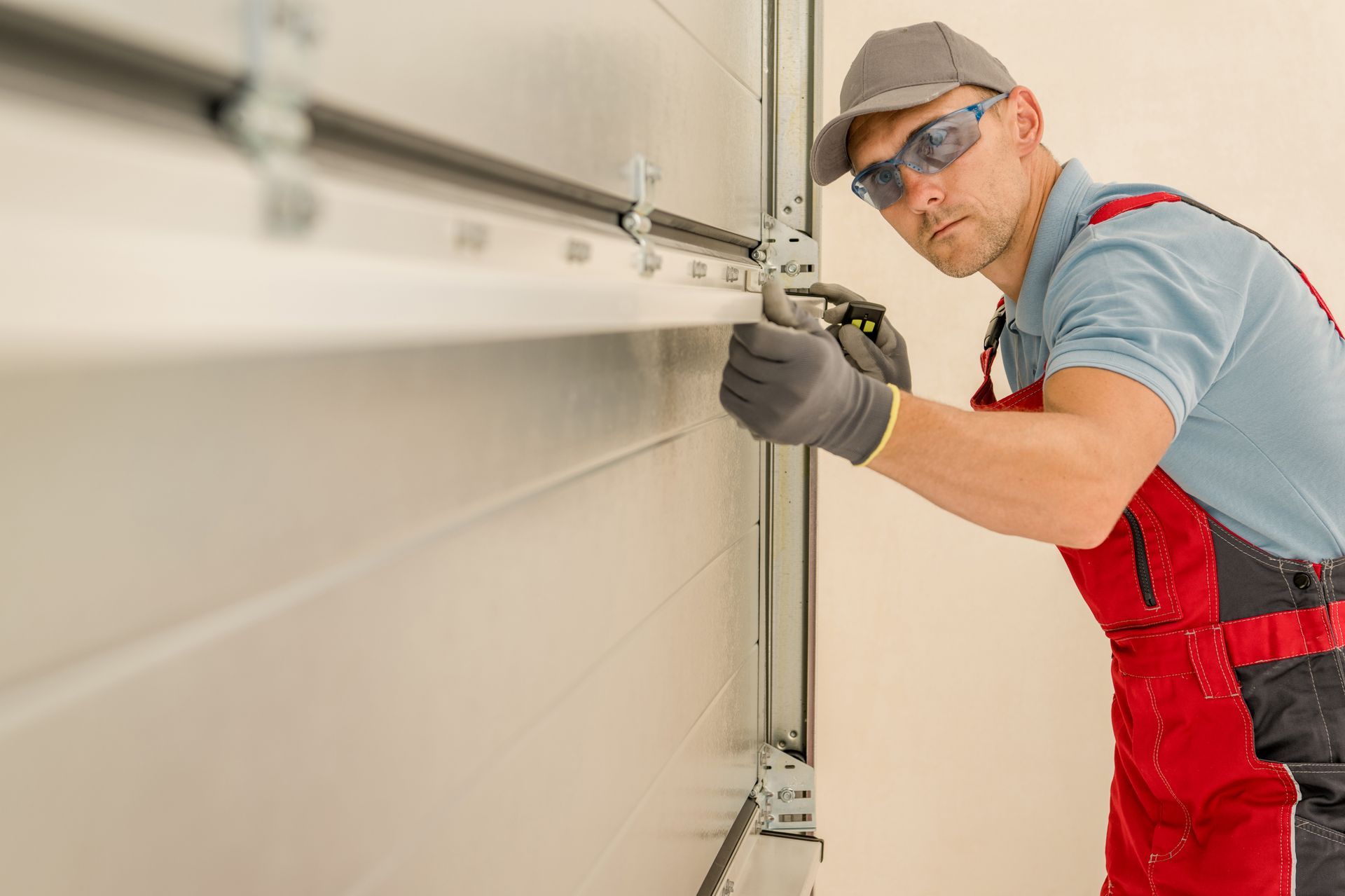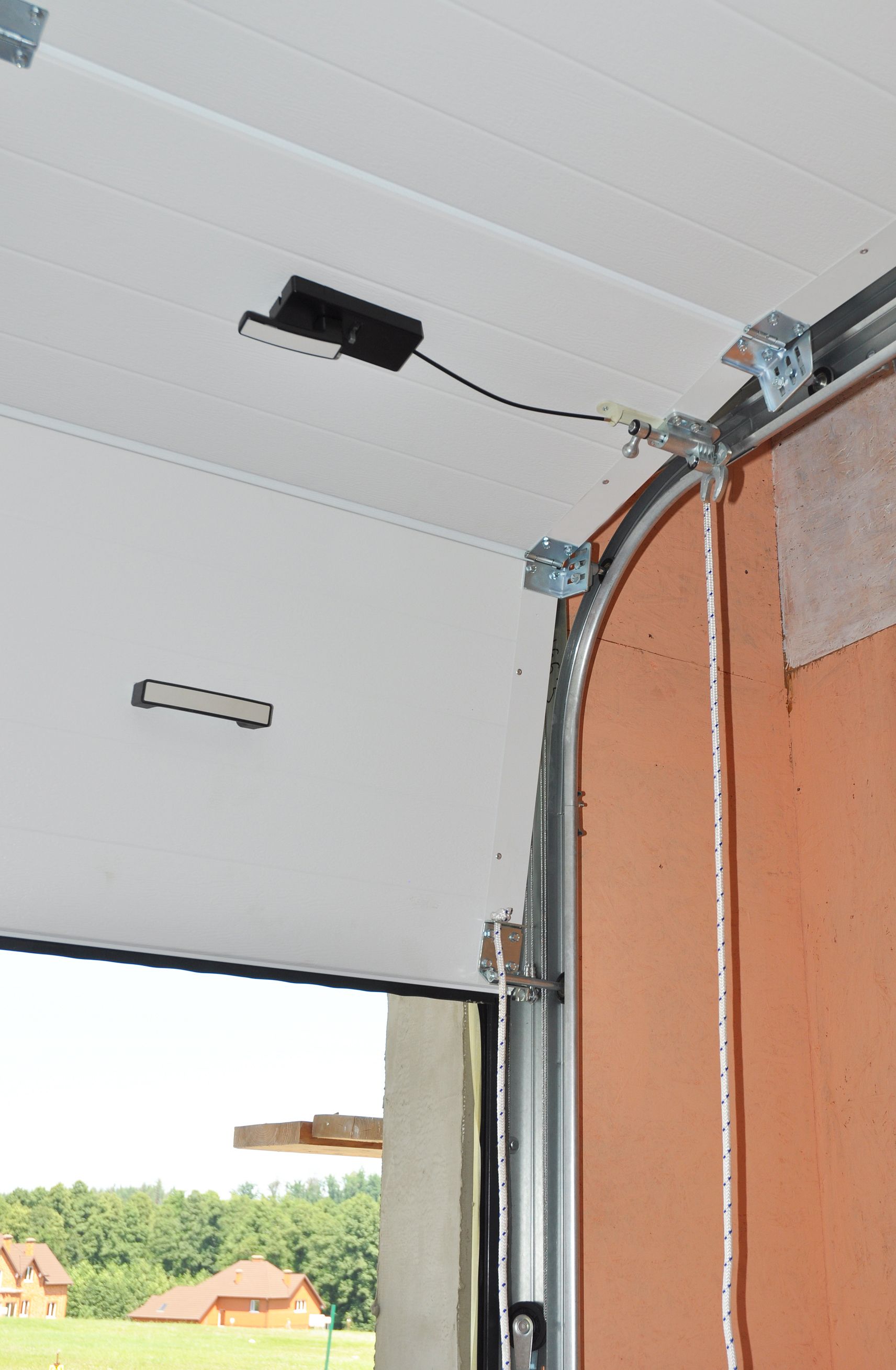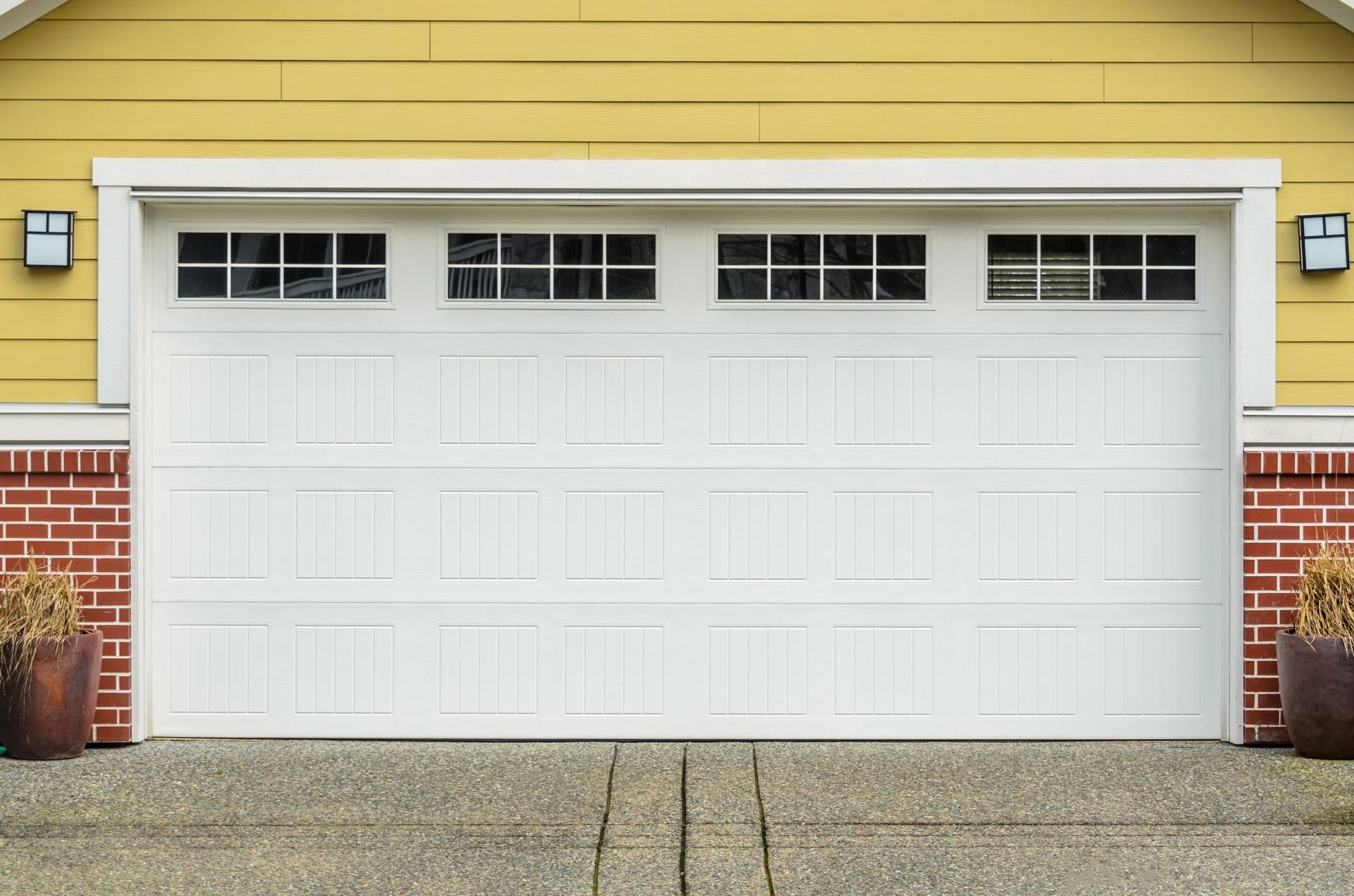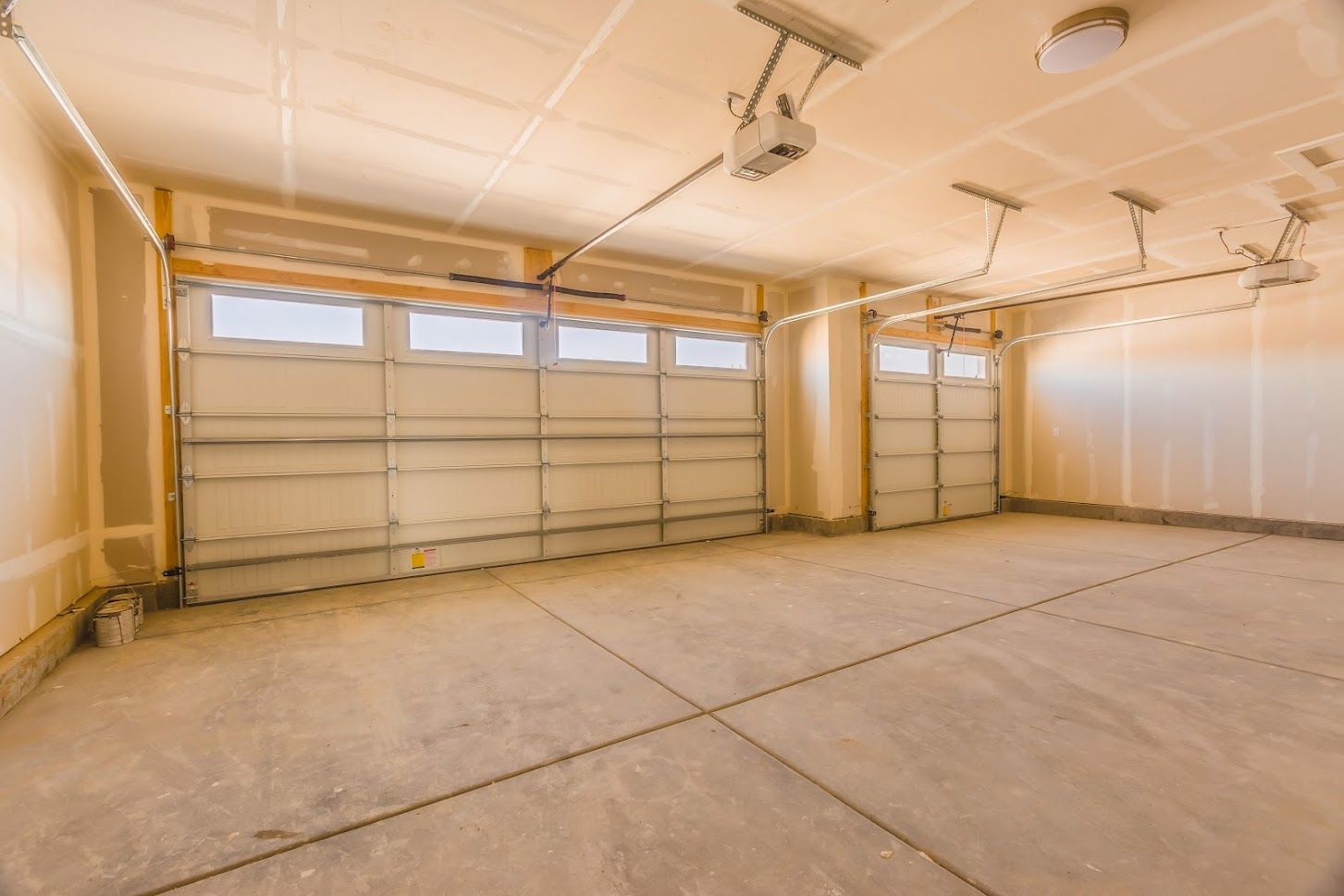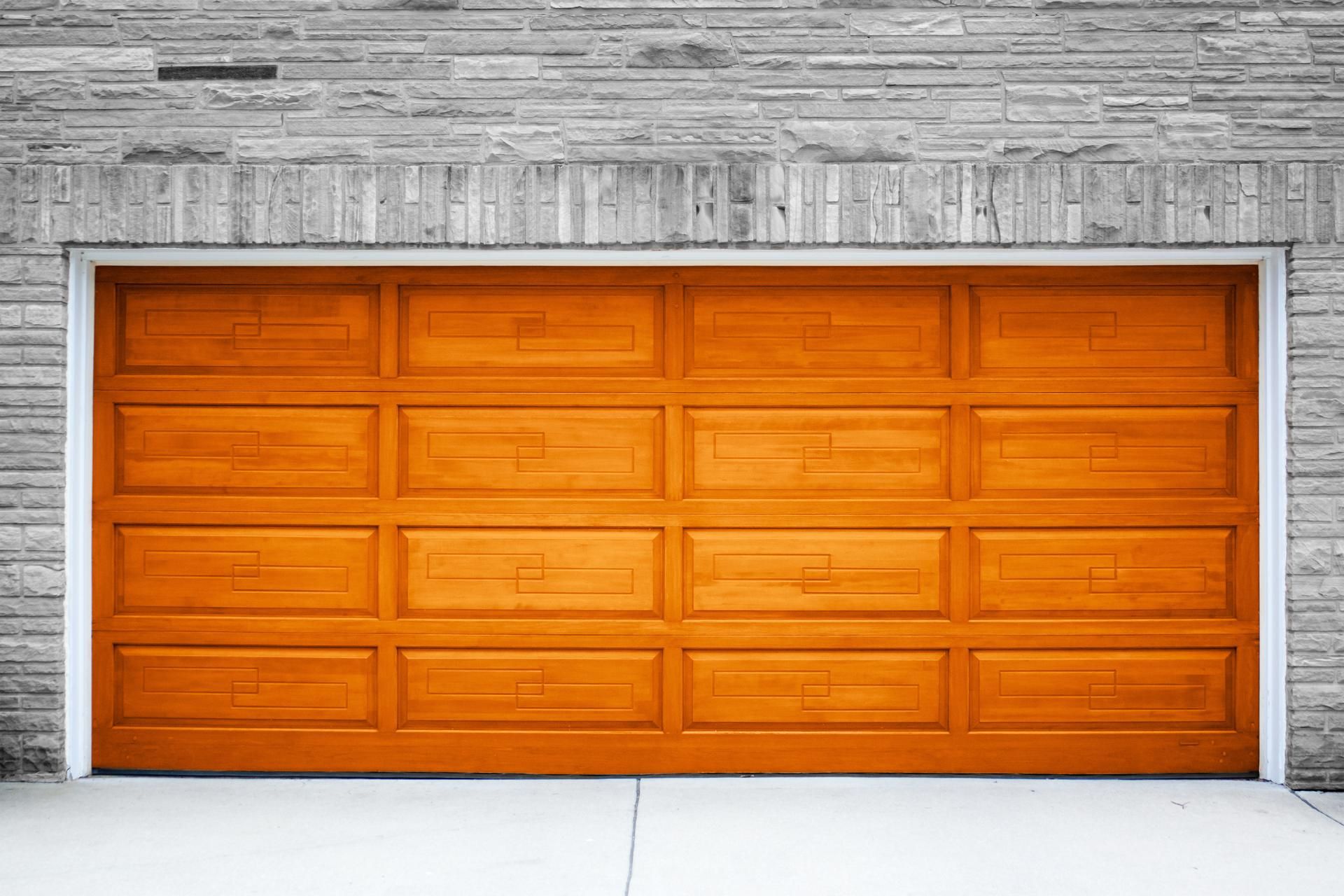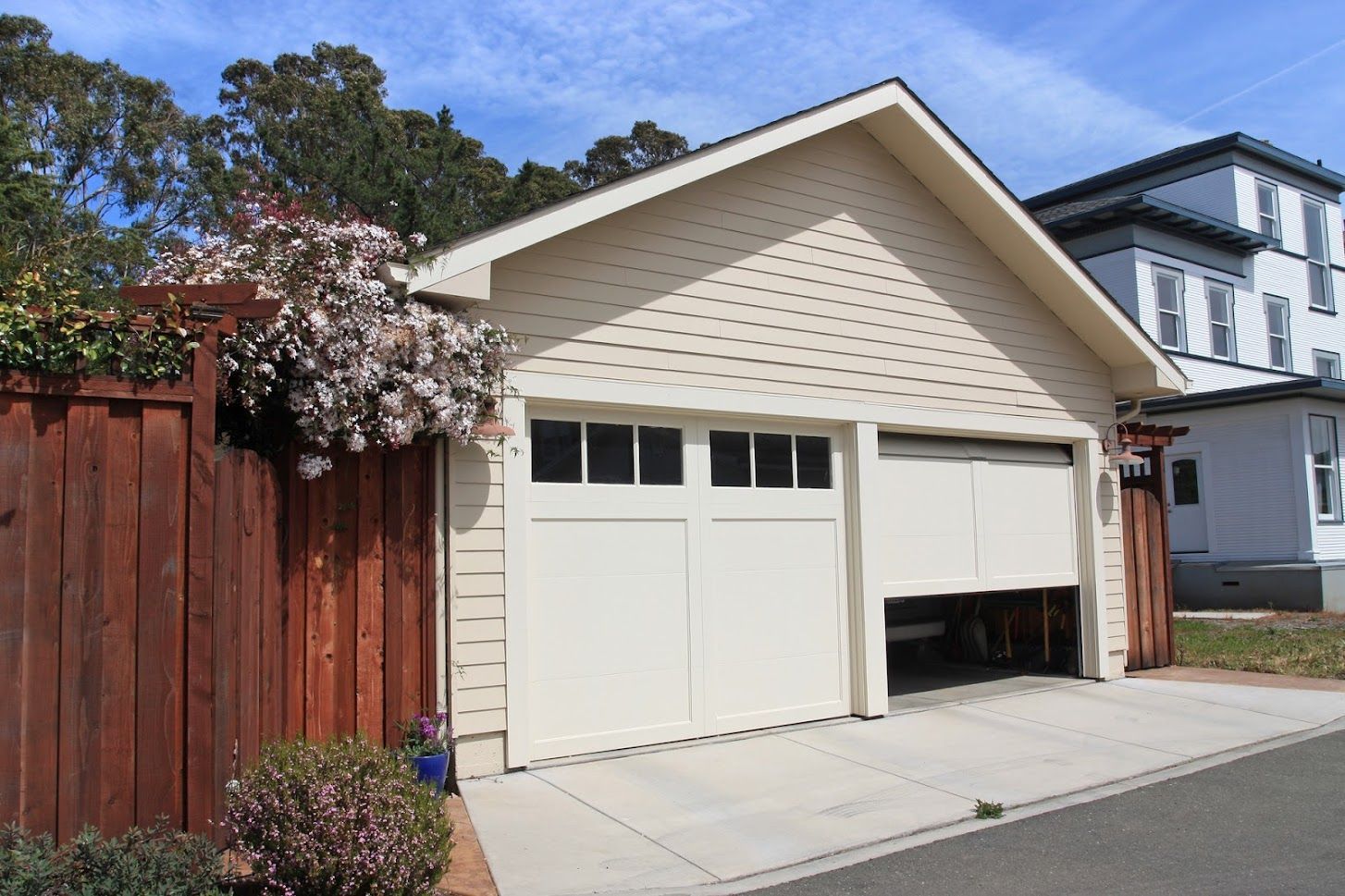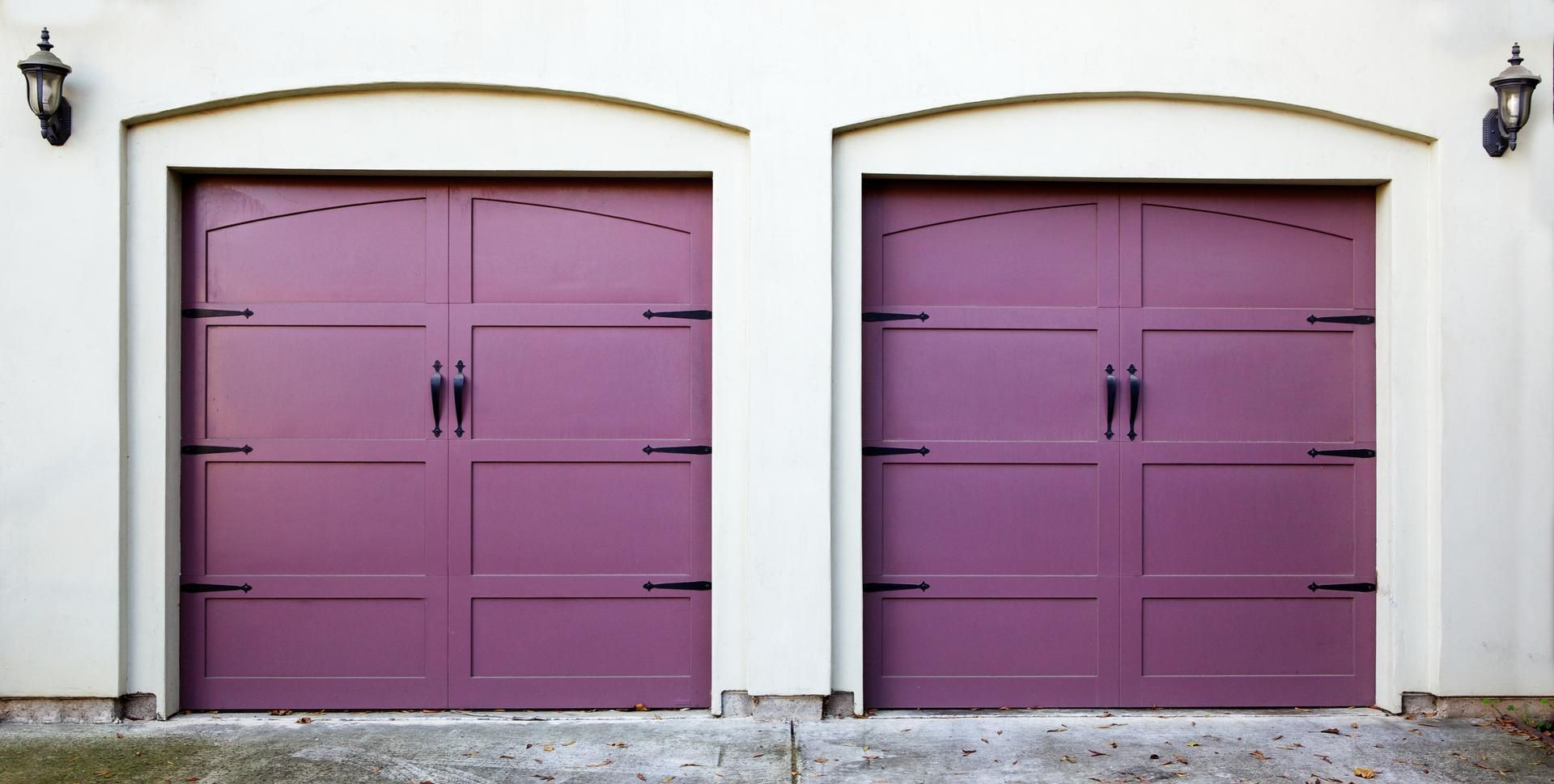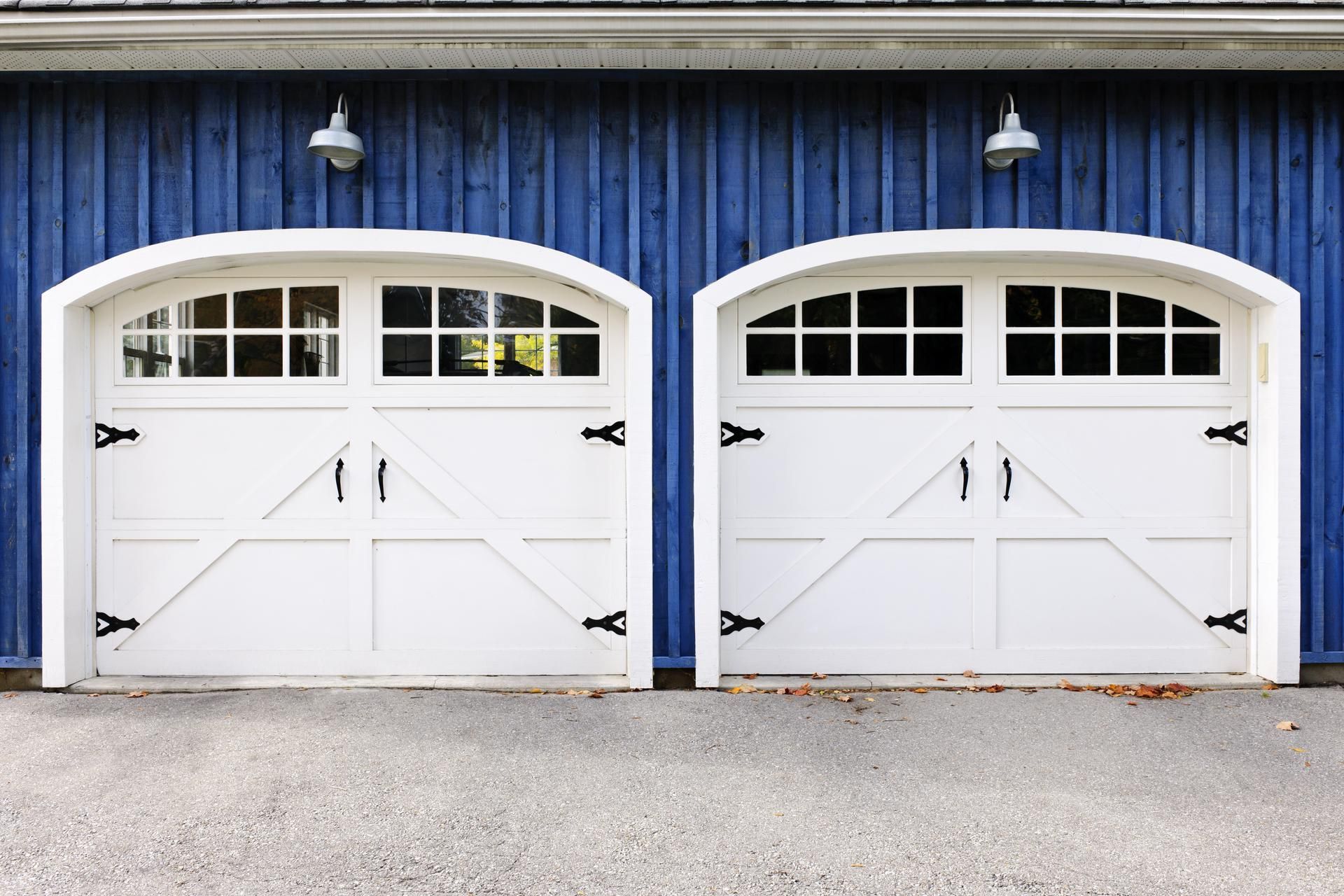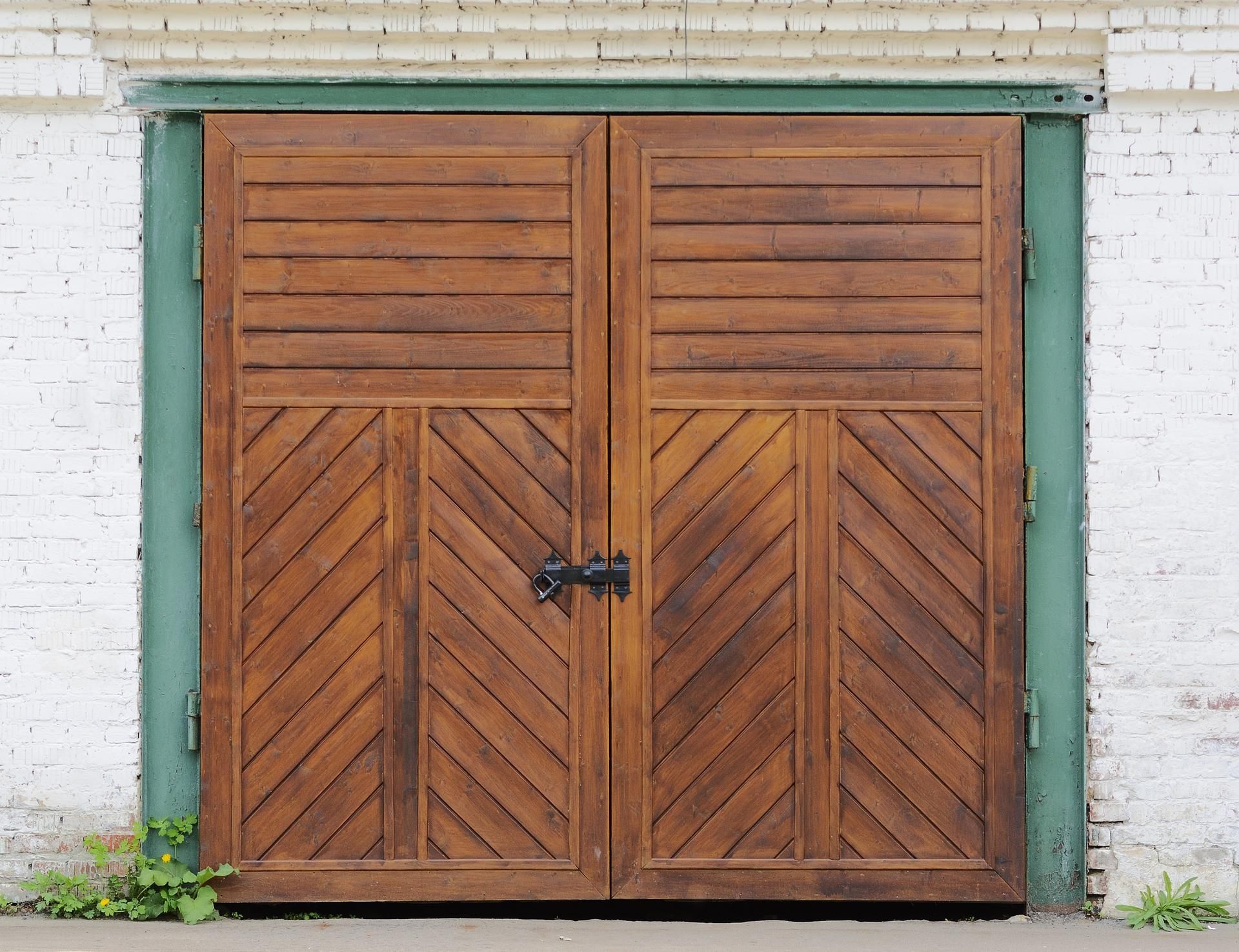Different Parts of a Garage Door
A garage door is a multifaceted system composed of several essential components, each playing a pivotal role in its functionality. Delve into these integral parts to understand how a typical garage door operates.
The Garage Door Panel
The panel is the most conspicuous aspect of this system. It is the substantial structure that is often the first thing people notice. Garage door panels can be crafted from a variety of materials, including steel, wood, aluminum, or vinyl. The choice of material depends on factors such as durability, aesthetics, and climate considerations.
These panels facilitate the door's movement along its tracks, ensuring a smooth opening and closing mechanism. Some door panels also incorporate insulation, which helps regulate the temperature within the garage and enhances energy efficiency.
The Garage Door Opener
The opener is the mechanical workhorse that automates the process of raising and lowering the garage door. The opener is connected to the door through a series of tracks and a drive mechanism. Garage door openers come in various types, each with distinct characteristics.
Chain-drive openers employ a metal chain to move the door but can be somewhat noisy. In contrast, belt-drive openers use a rubber or polyurethane belt for quieter operation, making them popular for garages adjacent to living spaces. Screw-drive openers rely on a threaded rod and offer a compromise between noise and durability, while direct-drive openers minimize noise by integrating the motor as the trolley.
Garage Door Springs
Two primary types of springs exist: torsion and extension springs. Torsion springs, usually horizontally above the door, store energy when the door is closed and release it when the door is opened, making lifting easier. They are renowned for their durability and smooth operation.
On the other hand, extension springs are often on older garage doors, mounted vertically on each side of the door, extending when it is closed. They provide the force required to counterbalance the door but are less common in contemporary garage door systems. Due to their high tension, garage door springs require periodic inspection and maintenance to ensure safe operation.
Garage Door Tracks
The tracks provide a pathway for the door to move along as it opens and closes. Typically made of steel, these tracks come in two main configurations: vertical and horizontal.
Vertical tracks run from the floor to the ceiling on either side of the door, guiding its vertical movement. Horizontal tracks connect to the vertical tracks near the ceiling, creating a curved path for the door to follow. These tracks are crucial for maintaining the door's stability and balance during operation.
Garage Door Rollers
These small but crucial components minimize friction as the door moves along the tracks. The rollers attach to the sides of the door panels. Steel rollers are common but require periodic lubrication for smooth operation.
In contrast, ball-bearing rollers contain small ball bearings within the roller, reducing friction and making them quieter and more durable. They demand less maintenance than their standard counterparts.
Garage Door Safety Sensors
These devices are usually near the bottom of the door on either side of the opening. They transmit an invisible beam of light across the doorway. If an obstruction interrupts this beam while the door is closing, the sensors detect it and trigger an automatic reversal of the door's movement. This critical safety feature is designed to prevent accidents and injuries by ensuring the door does not close on anything in its path.
Byers & Butler can help you find the right garage door for your home. We can also repair and install the door. Reach out to us to get started.



